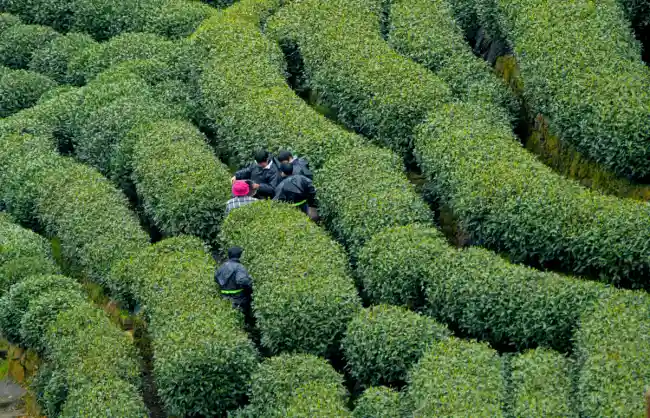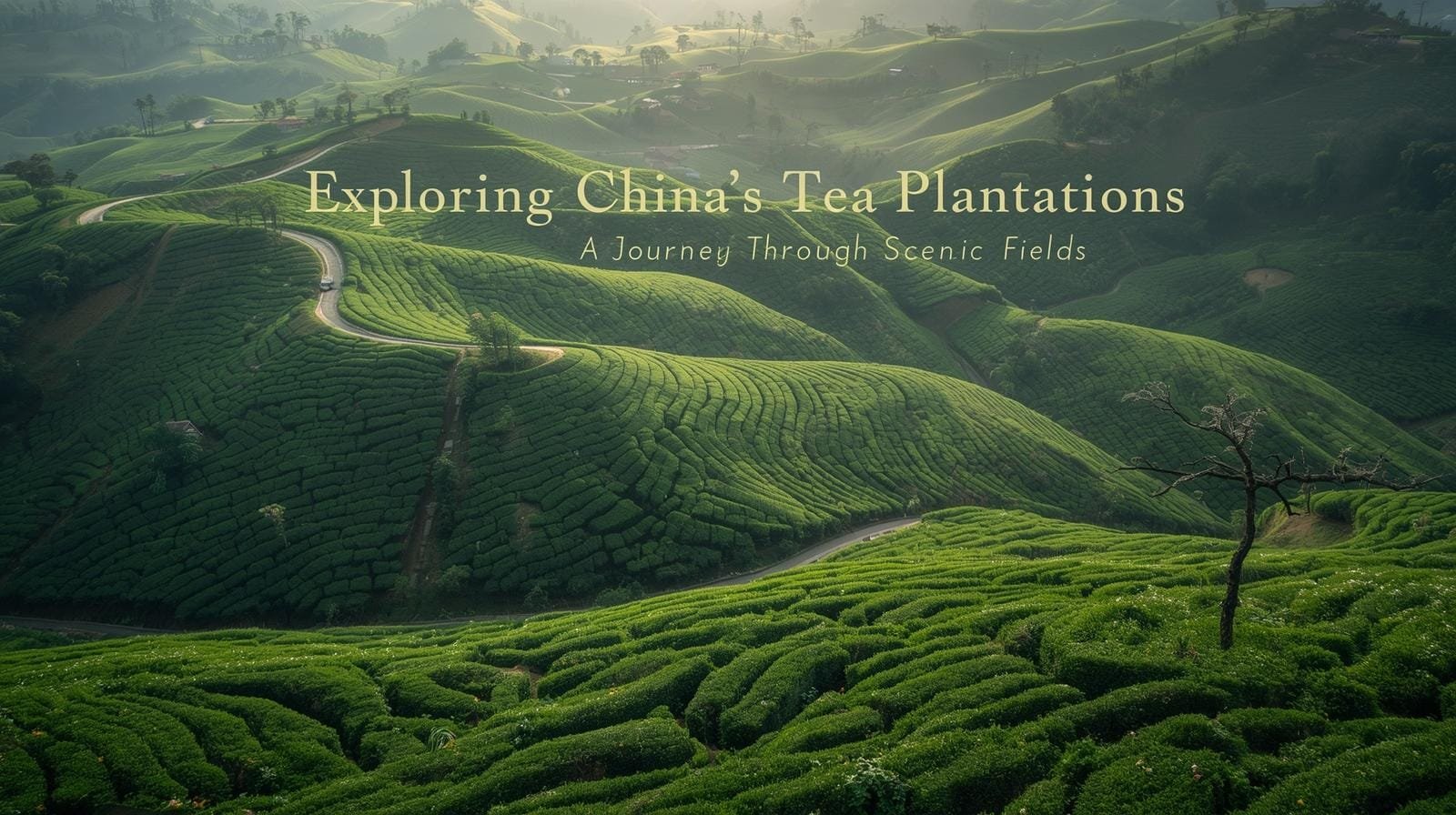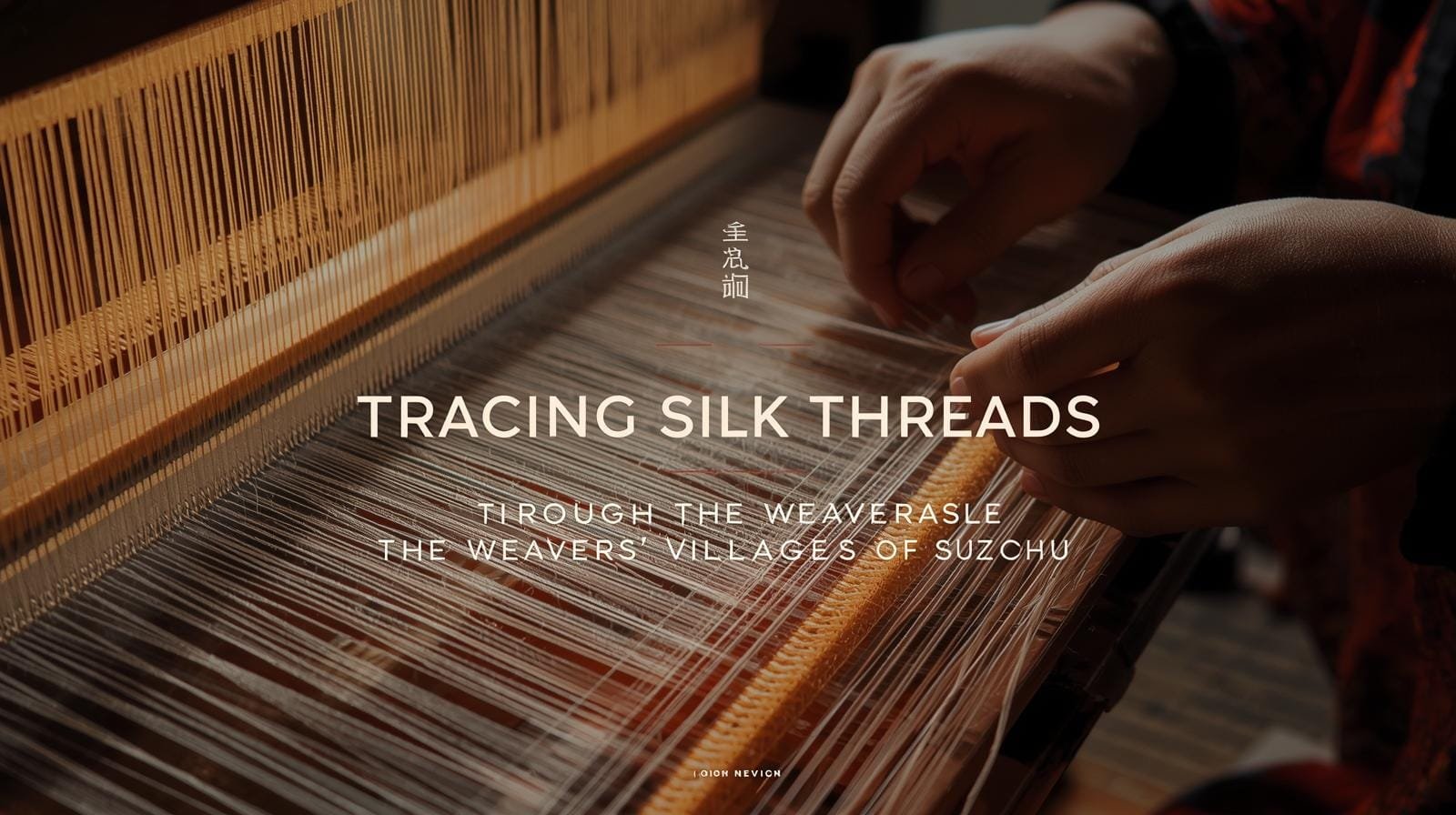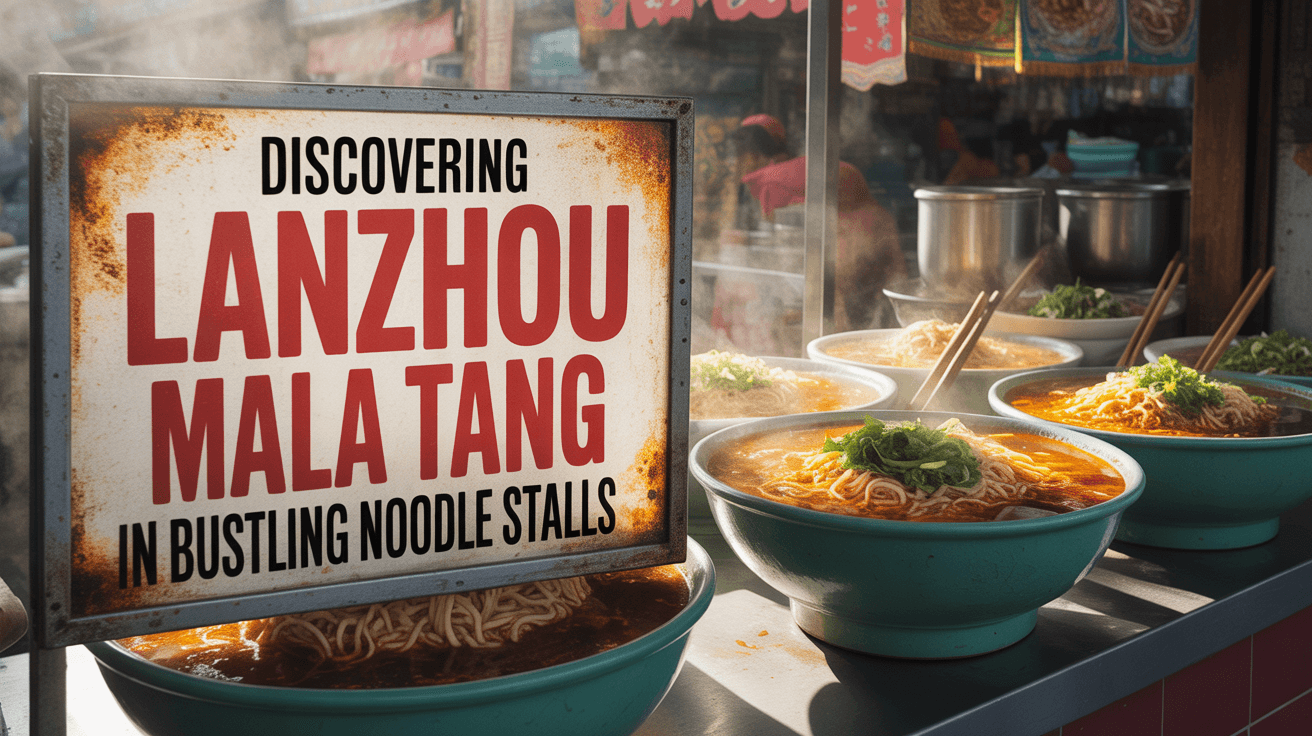Exploring China’s Tea Plantations: A Journey Through Scenic Fields

Imagine wandering through endless rows of vibrant green tea bushes, the air filled with the fresh scent of leaves under a misty mountain sky. This is the allure of China tea plantations, where ancient traditions meet breathtaking natural beauty. As the birthplace of tea over 2,000 years ago, China boasts some of the world’s most stunning scenic China tea fields, offering travelers a perfect blend of culture, nature, and relaxation. Whether you’re a tea enthusiast or simply seeking an off-the-beaten-path adventure, exploring these plantations is a must on any tea farm travel China itinerary.
Here at jusha.travel, we love sharing tips to make your China journey unforgettable! In this post, we’ll dive into the heart of China tea tours, highlighting key regions, unique experiences, and the rich tea culture China that makes these visits so special. From the misty hills of Hangzhou to the ancient forests of Yunnan, get ready to brew up some inspiration for your next trip.
The Geographic Spread and Significance of China’s Tea Plantations

China’s tea plantations are as diverse as the country itself, spanning over 20 provinces and adapting to a wide range of climates from tropical lowlands to cool highlands. This vast geographic spread is what makes China tea plantations so fascinating—tea here isn’t just a crop; it’s a cornerstone of the nation’s identity and economy.
Traditionally, these plantations are divided into four main zones. The southwestern regions, including Yunnan, Sichuan, and Guizhou, are considered the cradle of Chinese tea. Here, you’ll find ancient tea trees that have stood for centuries, tied to historic trade routes like the legendary Tea Horse Road. Moving south to Guangdong, Fujian, and even Taiwan (though culturally linked), the focus shifts to oolong and black teas, thriving in humid, subtropical conditions.
South of the Yangtze River lies the heartland of green teas, encompassing provinces like Zhejiang, Jiangxi, Hunan, Hubei, Jiangsu, and Anhui. This area produces iconic varieties that capture the essence of tea culture China. Further north, in Henan, Shandong, and Gansu, cooler climates yield sweeter, more robust leaves, proving tea’s remarkable adaptability.
For travelers planning tea farm travel China, understanding this spread helps tailor your itinerary. Yunnan offers wild, untamed beauty, while Zhejiang’s plantations provide polished, accessible tours. According to experts, this diversity results in over 1,000 unique tea varieties, each influenced by local soil, altitude, and weather (source). It’s a testament to China’s ingenuity in agriculture, blending tradition with sustainable practices that preserve these scenic China tea fields for generations.
Pro tip: If you’re budgeting for your trip, check out our guide on The Ultimate Guide to Budget Travel China to plan cost-effective visits to these regions.
Iconic Tea Plantations and Their Unique Landscapes

No China tea tours would be complete without visiting some of the most iconic plantations, each offering a distinct visual and sensory experience. These scenic China tea fields are not just farms—they’re living landscapes that invite exploration and immersion.
Start with the Longjing (Dragon Well) Tea Plantation in Hangzhou, Zhejiang Province. Nestled near the poetic West Lake, these terraced fields burst with emerald green during spring harvest. Visitors can stroll the paths, join locals in plucking tender buds, and watch the time-honored pan-roasting process that gives Longjing its nutty flavor. The views alone are worth the trip: rolling hills dotted with tea bushes under a soft morning mist.
In Zhejiang’s Moganshan area, plantations blend with bamboo forests and misty mountains, creating a serene retreat. The high altitude and frequent fog here produce premium yellow teas, known for their subtle sweetness. It’s an ideal spot for a day hike or photography session amid the tranquility.
Venture to Yunnan’s Pu’er plantations for a wilder adventure. Amid remote, biodiverse mountains, ancient tea trees—some over 1,000 years old—form natural forests rather than neat rows. The humid, elevated terrain imparts earthy depth to Pu’er tea, famous for its aging potential like fine wine. For tea farm travel China enthusiasts, this region’s ecology highlights sustainable farming, where tea grows alongside wild flora.
Don’t miss Xinyang Maojian in Henan, where misty hills cradle slender-leaf green teas. The mountainous terrain enhances the brew’s fresh, fragrant profile. These spots showcase how geography shapes flavor, making each plantation a unique chapter in China’s tea story (source).
For more on sustainable practices in rural China, explore our post on Discovering Shanwei’s Smart Fishing Tech and Coastal Cultural Tech, which touches on innovative agriculture.
Diversity of Tea Varieties and Regional Traditions

The magic of China tea plantations lies in their incredible variety, with each region contributing specialties shaped by climate, soil, and tradition. This diversity is a highlight of tea culture China, where tea isn’t just a beverage—it’s an art form passed down through generations.
- Longjing (Dragon Well): From Hangzhou, these flat, jade-green leaves offer a chestnut-like aroma and smooth taste. Hand-picked in early spring, they’re roasted in woks for that signature flavor (source).
- Pu’er: Yunnan’s fermented treasure from ancient trees, it develops complexity over time, with earthy, woody notes perfect for aging collectors.
- Oolong: In Fujian’s Wuyi Mountains, semi-oxidized oolongs boast floral and roasted profiles, bridging green and black teas.
- Xinyang Maojian: Henan’s slender, silver-tipped green tea is sweet and fragrant, grown in foggy highlands for optimal freshness.
- Lu’an Melon Seed: From Anhui, this green tea uses unique second leaves, yielding a melon-like scent and mild body.
Altitude and weather play starring roles: high-elevation fields produce finer leaves, while subtropical valleys yield bolder flavors. During China tea tours, tasting sessions reveal these nuances, often paired with local snacks. Fun fact: Tea cultivation influences Chinese food culture, with pairings like Longjing with steamed eggs enhancing both.
If you’re into regional flavors, pair your tea adventure with Tasting Fujian Oyster Pancakes in Quanzhou’s Coastal Stalls for a full cultural immersion in a key tea province.
Cultural and Historical Landscape: Tea Traditions in the Field

Beyond the leaves, China tea plantations are steeped in history and ritual, offering travelers a window into tea culture China. Many sites serve as open-air museums, where ancient practices come alive amid the scenic China tea fields.
The Tea Horse Road in Yunnan, a ancient caravan route, once traded tea for horses, blending Han Chinese and ethnic minority traditions. Today, plantations here let you hike these paths, learning about indigenous harvesting methods. In Longjing Village, experience Gongfu Cha—the elegant brewing ceremony involving precise pours and tiny cups—or witness imperial tribute teas, once reserved for emperors.
Fujian’s villages preserve oolong rituals, including ball-rolling techniques that enhance aroma. These customs underscore tea’s role in social life, from family gatherings to business dealings. Historically, tea fueled poetry and philosophy; Lu Yu’s 8th-century “The Classic of Tea” remains a bible for enthusiasts.
For tea farm travel China, join a tour for hands-on lessons: pick leaves, learn roasting, and brew your own. It’s culturally sensitive and rewarding—always ask permission and tip locals. This heritage ties into broader Chinese innovations; modern tech like drone monitoring now aids sustainable picking in some fields.
To deepen your understanding of China’s cultural souvenirs, read Top 5 Souvenirs to Buy in China for Unique Memories, including tea sets.
The Scenic Experience for Travelers: Tips and Immersions

Visiting China tea plantations is a feast for the senses, combining stunning vistas with interactive adventures on China tea tours. Spring is prime time, when fields glow green and harvest buzz fills the air—aim for March to May for the freshest experiences.
Terraced hills in Hangzhou offer photogenic hikes, while Yunnan’s forests invite birdwatching amid biodiversity hotspots. Many plantations provide guided tea farm travel China options: pick your own buds (about 50-100 RMB per person), attend brewing workshops, or savor farm-fresh tastings. Nearby attractions like West Lake temples or Wuyi rock formations add layers to your trip.
Practical tips: Wear comfortable shoes for uneven paths, bring sunscreen for high altitudes, and book tours via apps like Trip.com. For families, opt for kid-friendly spots with easy trails. Sustainability matters—choose eco-certified plantations supporting biodiversity, like those preserving ancient Pu’er trees (source).
Combine with active pursuits; cycling through tea fields is exhilarating. See Cycling Through China: Best Routes for Two-Wheeled Adventures for routes near plantations.
For luxury seekers, consider high-end stays—plantations often have boutique guesthouses with tea-infused spa treatments. Our article on Luxury Train vs. Boutique Hotel: Best China Travel Splurge compares options near scenic areas.
Sustainable Tea Ecosystems and Future Trends

Modern China tea plantations emphasize sustainability, especially in Pu’er regions where tea integrates with forests, fostering wildlife and soil health. Traditional methods like mixed cropping avoid chemicals, preserving the scenic China tea fields that draw eco-tourists.
Technology is transforming the industry: AI monitors leaf health, and climate-resilient hybrids combat changing weather. This blend of old and new ensures tea culture China thrives. Visitors can support by buying direct from farms, boosting local economies.
For insights into China’s tech edge, visit The Ultimate Guide to Modern China Tech Innovations and Futuristic Cities.

In conclusion, exploring China tea plantations is more than a journey through scenic China tea fields—it’s an invitation to savor tea culture China in its purest form. From the historic paths of Yunnan to the serene terraces of Hangzhou, these destinations offer profound connections to nature and heritage. Whether on a guided China tea tour or a self-paced tea farm travel China adventure, you’ll leave with stories, flavors, and perhaps a newfound appreciation for this ancient elixir.
At jusha.travel, we’re passionate about guiding you through China’s wonders. What’s your favorite tea experience? Share in the comments below, browse more articles on our site for travel inspiration, or check out related reads like family budgeting tips at Cost of Traveling to China: A Family Budget Guide. Brew up your next trip today!




